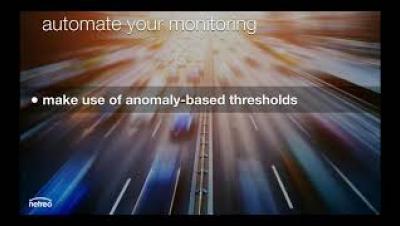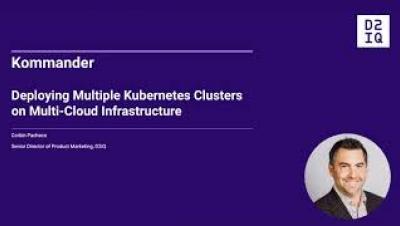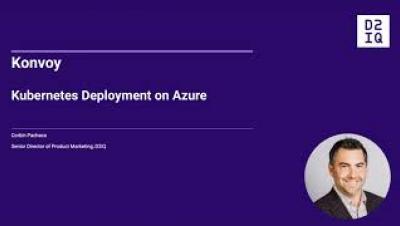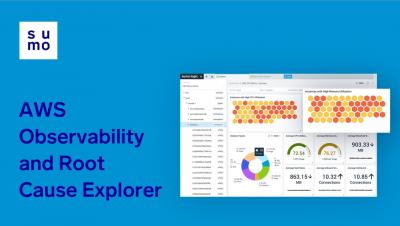Operations | Monitoring | ITSM | DevOps | Cloud
Cloud
The latest News and Information on Cloud monitoring, security and related technologies.
Getting started with Cloud Monitoring
Deploying Multiple Kubernetes Clusters on Multi-Cloud Infrastructure
Kubernetes Deployment on Azure
AWS Observability Demo
A Simple Introduction to AWS Step Functions
Step Functions is a managed service by AWS that implements the Finite-state Machine (FSM) model. You coordinate multiple AWS services into serverless workflows so you can build and update apps quickly. Using Step Functions, you can design and run workflows that stitch together services such as AWS Lambda and Amazon ECS into feature-rich applications. You can read Wikipedia’s definition of a Finite-state Machine, but I think you’ll like the next section more. Keep on reading.
[Webinar] Five cloud cost management strategies that work
Cutting Step-Functions Costs on Enterprise-Scale Workflows
AWS Step Functions is a great service for orchestrating multi-step workflows with complex logic. It’s fast to implement, relatively easy to use and just works. The problem is its price. For relatively low-scale projects, it’s a feasible solution. But for large-scale, enterprise-grade orchestration with hundreds of millions of processes, each with dozens of steps, it can be cost prohibitive.
AUCloud sees 30% capacity savings and 20% performance improvement partnering with Virtana for its IT optimization strategy
San Jose, CA, August 6, 2020 – AUCloud’s IT infrastructure has seen a 30% savings in IT capacity and a 20% improvement in performance by implementing deep IT monitoring tools. The Australian Government and Critical National Industry Infrastructure-as-a-Service (IaaS) provider’s improvements in results were gained through its partnership with Virtana, a leader in enterprise hybrid cloud migration and optimization.
The hybrid cloud optimization expert: Virtana ensures a simple, risk-free, and cost-optimized migration that will accelerate your IT transformation
The Silicon Review In today’s digital era, the IT organizations equipped to see and fully understand their applications and infrastructure are well poised to find, fix, and prevent performance or cloud-related issues – often before they arise. However, without expert guidance and fine-tuned solutions, digital transformation and the promise of hybrid cloud infrastructures can create unforeseen complexities throughout the process.










